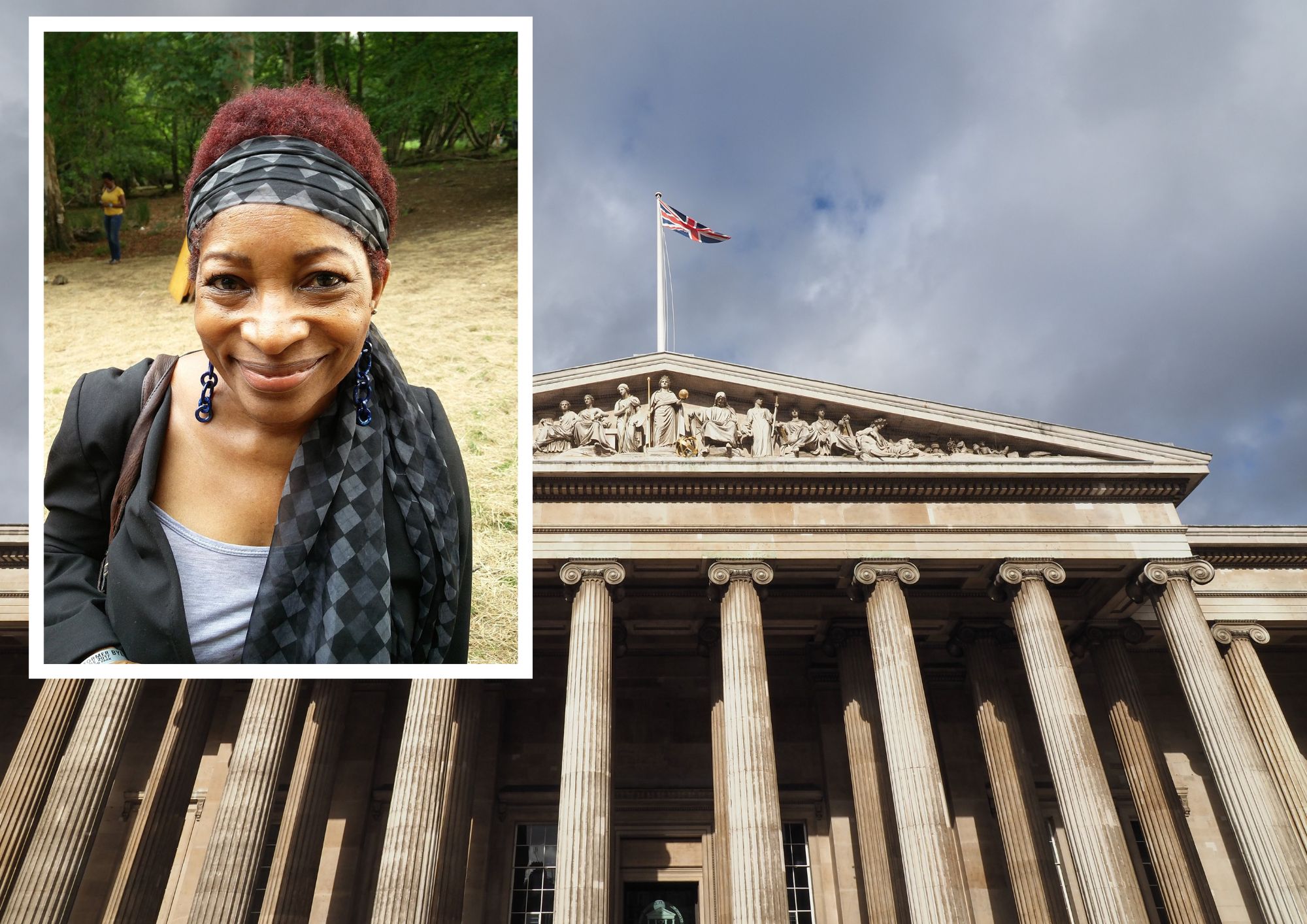Bonnie Greer: Misogyny is the oldest prejudice in the world – look at the clues from ancient Greece
Take a closer look at Medusa's 'snakes'
Saturday, 11th March 2023 — By Bonnie Greer

Bonnie Greer took part in Feminine Power at the British Museum [RexxS]
ON a science website comes the following definition: “Females have two X chromosomes, while males have one X and one Y chromosome.”
But in Women’s History Month, and not just during this month, science might not be able to answer the question.
The question: “What is a woman?” With its subtext: “Who is a woman?”
When thinking about this, I consider my own family member, transitioning while living in a hostile western US state. Transitioning every day, in fear, in hope and determination.
I think of my ancestors, too, enslaved Africans, whose onboard revolts caused Lloyd’s of London to come into being. Their first insurance policy was for what was termed “insurrection of cargo”.
The fightback, on board ship, of the enslaved. Many of these revolts were led by what one might now call biological females. The double XX chromosome humans. These individuals were the ones who were not hanged on board after a revolt was put down if they were known to carry “merchandise”. That is, they were pregnant.
When I took part in the recently closed “Feminine Power” at Camden’s local museum – The British Museum – I saw this question of “What is a woman?” asked over and over again through various ages and cultures. And what I came away with is a kind of common link, and maybe a kind of common awe about who and what we are as human beings.
How we define ourselves. How we have always tried to.
Women’s History Month marks the achievements and struggles of those human beings who would not be hanged after a slave revolt because we carried another unborn human being; who could not sit in parliament until about a century ago; who once could not inherit land; nor vote; and who were and still are too often subjected to one of the most terrible of all war crimes: rape.
Go to a museum. Go encounter these realities and questions. Go see them throughout time. See that the question of “what is a woman?” is not new.
You can see, too, that the fear and hatred of women – that fear called “misogyny” is the oldest prejudice in the world.
In ancient Greek culture, one of the bases of our own culture, you can go to the British Museum and see what was considered by the Greeks to be “stop-you-in-your-tracks” terror in the shape of a woman. She was called Medusa.
If you looked into her eyes, you would be turned to stone. At a museum in Athens once, I saw a Medusa from thousands of years ago.
She had the face of a screaming, enraged woman with what, at a distance, looked to be the traditional snakes for hair. But as I looked at the object closely, I could see what seemed to be, instead of snakes, African hair.
Twisted to look like snakes. To the ancient Greeks, whose civilisation is a cornerstone of what is called “Western Civilisation” – our civilisation – terror: was a woman.
And maybe, for some ancient Greeks, a Black woman.
Women’s History Month can take us to the roots of questions still being asked; observations still being made.
Go. See them
Bonnie Greer is a writer and broadcaster